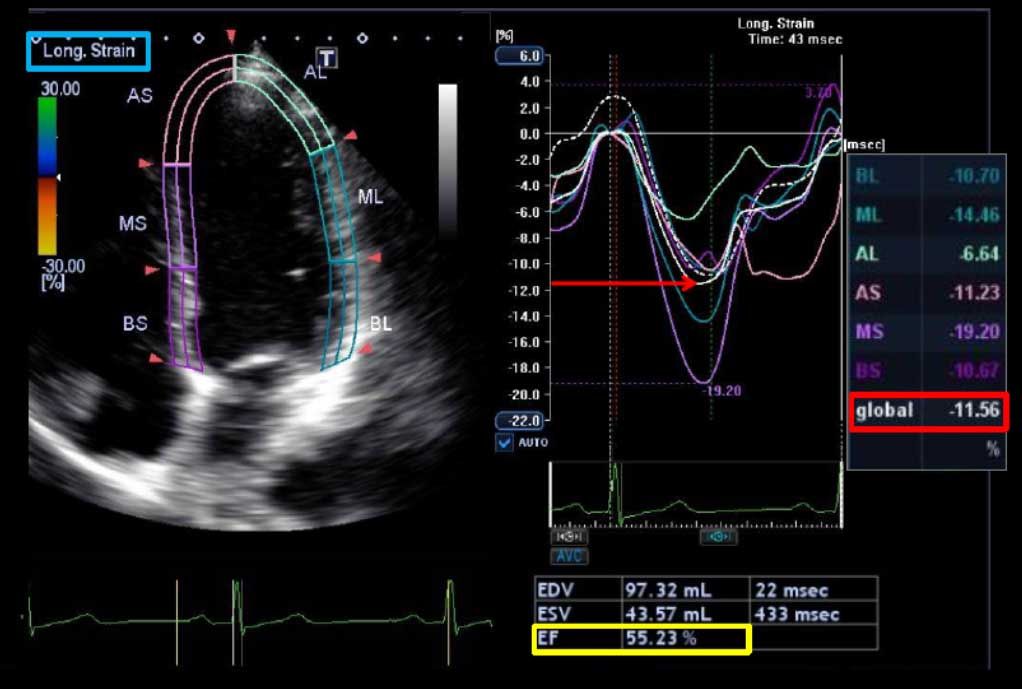Does a closure of PFO prevent recurrent ischemic stroke?
Whether closure of a patent foramen ovale is effective in the prevention of recurrent ischemic stroke in patients who have had a cryptogenic stroke is unknown. Two recently published multicenter studies have demonstrated no significant benefit of closure of a patent foramen ovale over medical therapy alone. Both studies were published in March 2013 issue of the New England Journal of Medicine.
The first study was reported by Dr. Bernhard Meier and colleagues (for the PC investigators) and conducted in 29 centers in Europe, Canada, Brazil, and Australia. Patients with a patent foramen ovale and ischemic stroke, transient ischemic attack (TIA), or a peripheral thromboembolic event were randomly assigned to undergo closure of the patent foramen ovale with the Amplatzer PFO Occluder or to receive medical therapy.
The primary end point was a composite of death, nonfatal stroke, TIA, or peripheral embolism. Analysis was performed on data for the intention-to-treat population. The mean duration of follow-up was 4.1 years in the closure group and 4.0 years in the medical-therapy group. The primary end point occurred in 7 of the 204 patients (3.4%) in the closure group and in 11 of the 210 patients (5.2%) in the medical-therapy. Nonfatal stroke occurred in 1 patient (0.5%) in the closure group and 5 patients (2.4%) in the medical-therapy group, and TIA occurred in 5 patients (2.5%) and 7 patients (3.3%), respectively.
The second was reported by Dr. John D Carroll and colleagues (for the RESPECT investigators). In this prospective, multicenter, randomized, event-driven trial, they randomly assigned patients, in a 1:1 ratio, to medical therapy alone or closure of the patent foramen ovale. They enrolled 980 patients (18 to 60 years of age; mean age, 45.9 years) at 69 sites. 499 were randomly assigned to the closure group and 481 to the medical-therapy group. The medical-therapy group received one or more antiplatelet medications (74.8%) or warfarin (25.2%).
The authors of both studies concluded that closure of a patent foramen ovale for secondary prevention of cryptogenic embolism did not result in a significant reduction in the risk of recurrent embolic events or death as compared with medical therapy.
Source:
1) – Meier B, et al (for the PC Trial Investigators). N Engl J Med 2013; 368:1083-1091 March 21, 2013 DOI: 10.1056/NEJMoa1211716
2) – Carroll JD, et al (for the RESPECT Investigators). N Engl J Med 2013; 368:1092-1100 March 21, 2013 DOI: 10.1056/NEJMoa1301440


